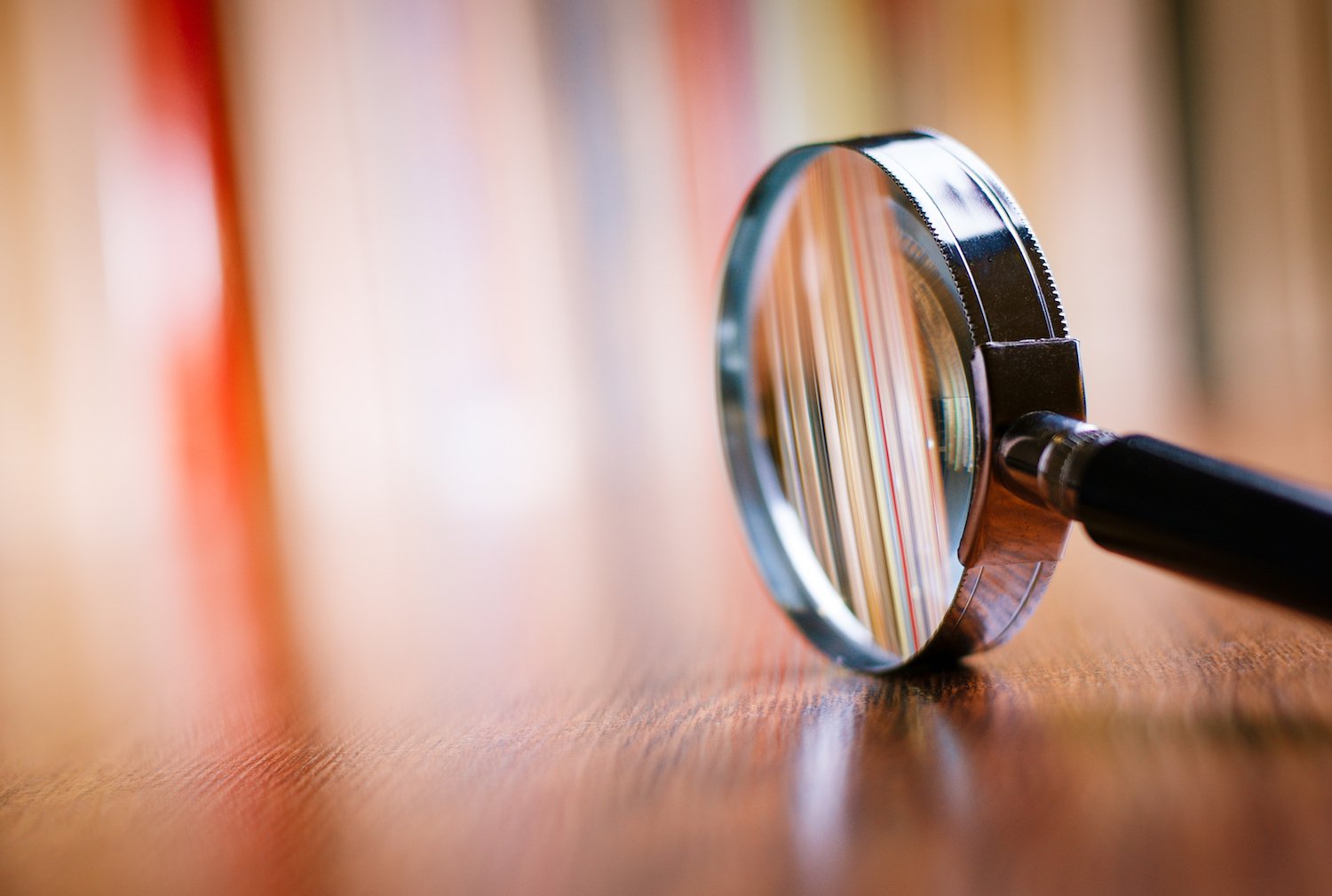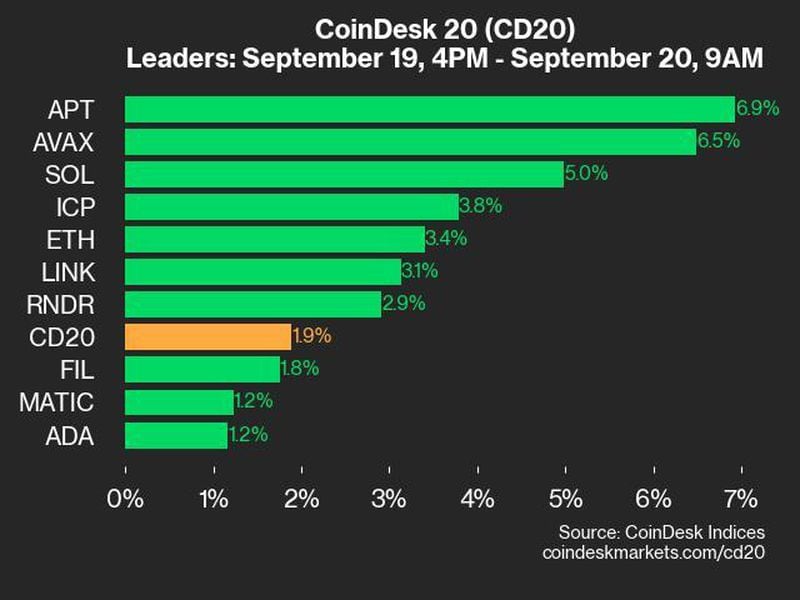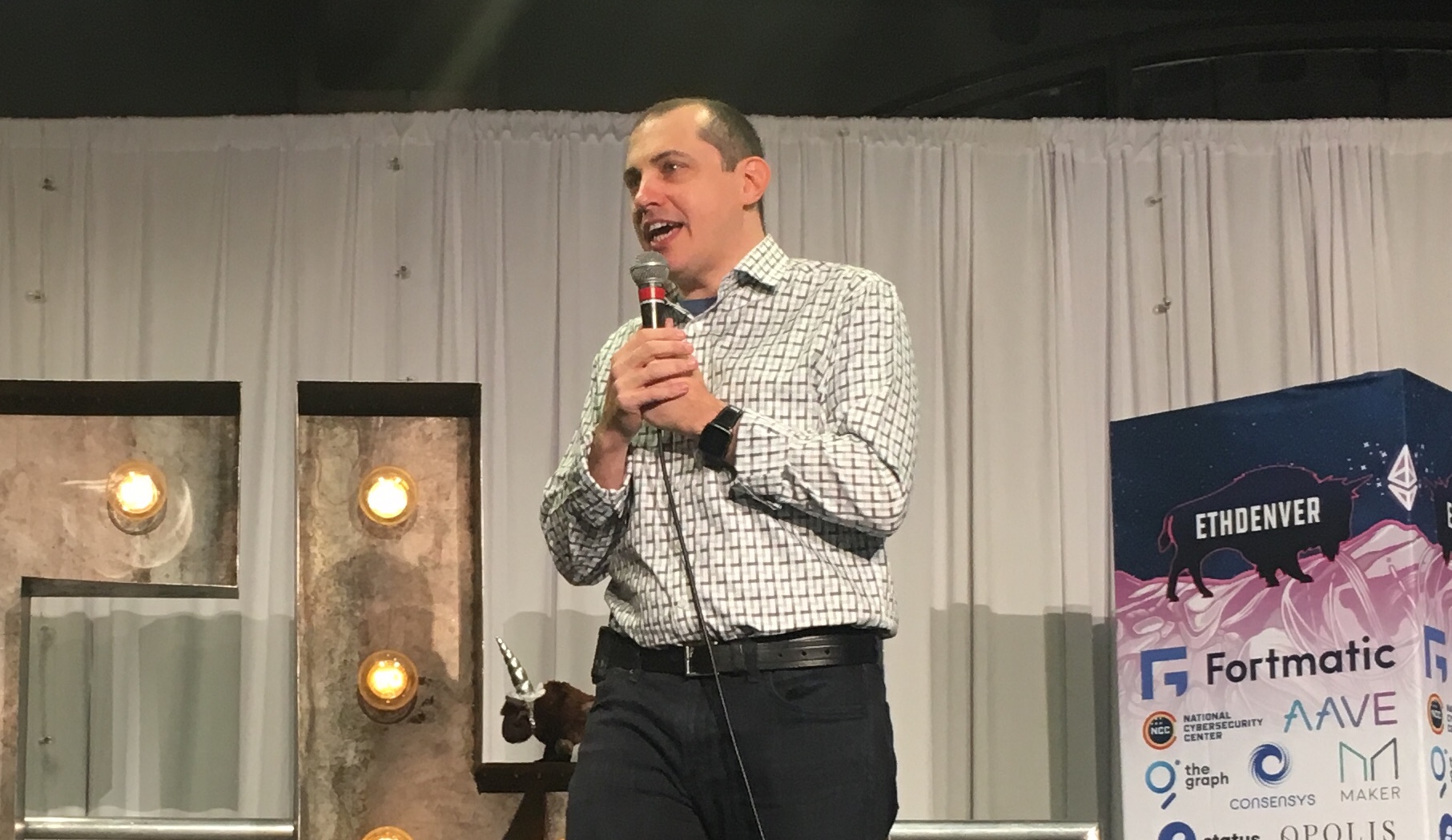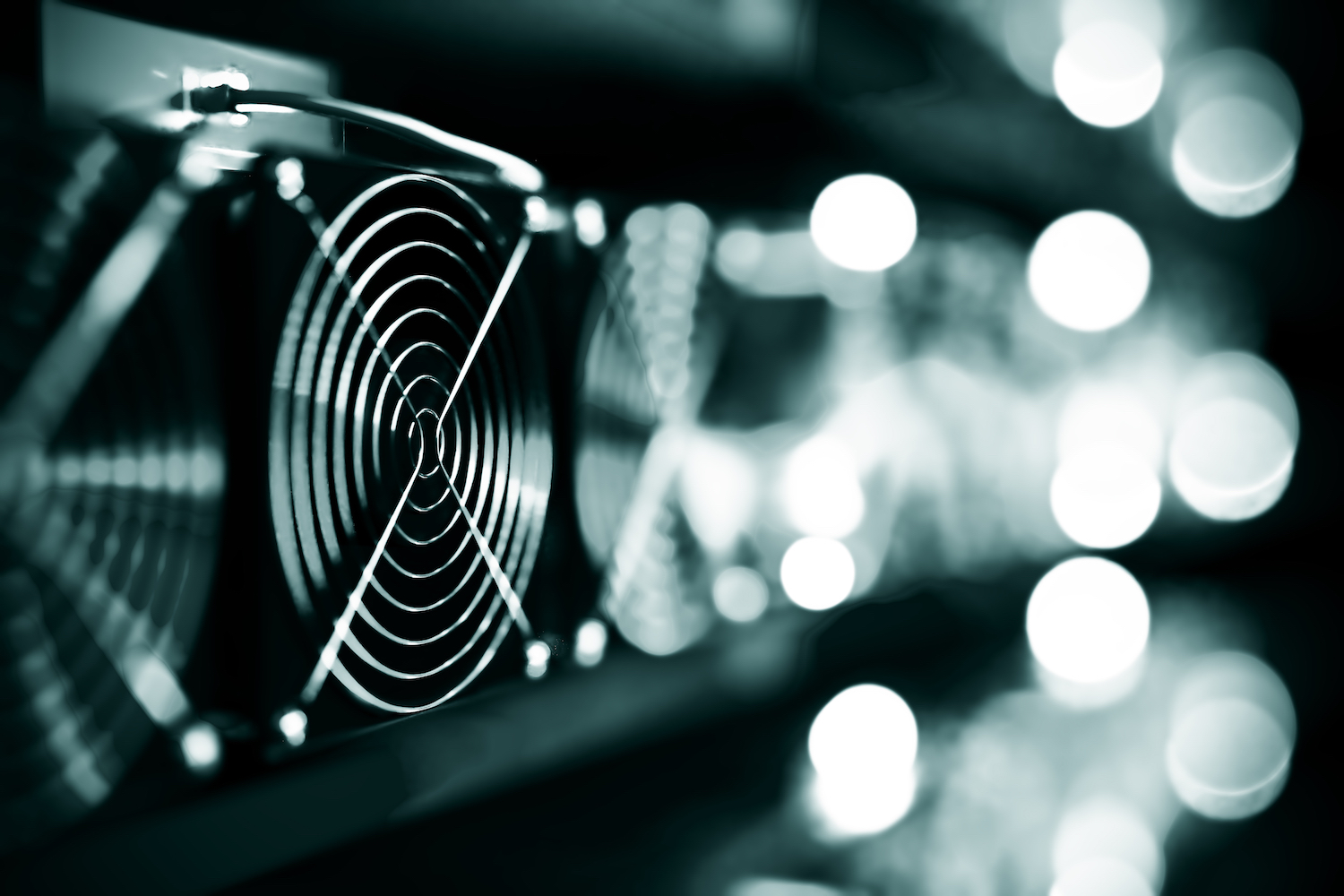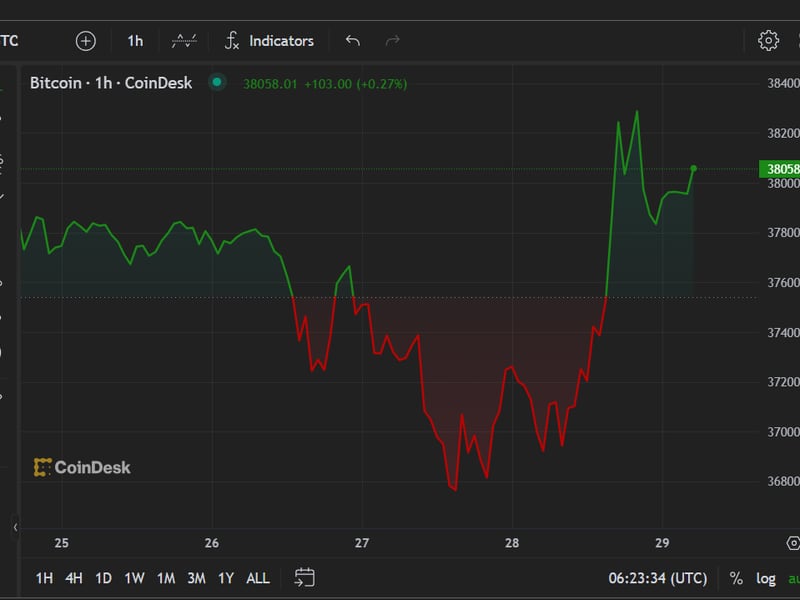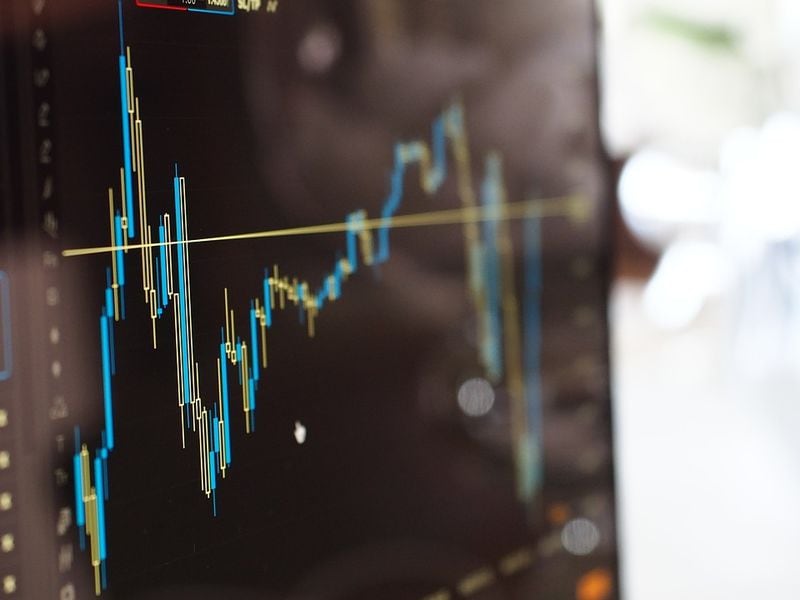(One Part of) SBF’s Defense Strategy Starts Paying Off
All three of Sam Bankman-Fried’s “inner circle” members have now testified against the FTX founder, and all three have presented similarly on the witness stand: clearly rehearsed, adamant that the FTX founder was in charge and careful not to stray too far from their well-practiced narratives. They were confident when responding to prosecutors, but were less polished when confronted by the defense.
Each of the insiders have pleaded guilty to their own charges – complicating the case for Bankman-Fried, but also for their own credibility; staying in prosecutors’ good graces could help them secure a lighter sentence. Two of them, Nishad Singh and Gary Wang, testified that they hoped to get zero prison time.
At the heart of prosecutors’ case against Bankman-Fried is a straightforward sequence of events: He took customers’ money even after promising not to – then lost it all. It’s a tight story, and Bankman-Fried’s defense attorneys have struggled to weave together any semblance of a narrative to dispute it.
You’re reading The SBF Trial, a CoinDesk newsletter bringing you daily insights from inside the courtroom where Sam Bankman-Fried will try to stay out of prison. Want to receive it directly? Sign up here.
The hard facts of the case, combined with the guilty pleas and insider testimony (at least five former employees have testified or will testify for the prosecution before the end of the trial) have made it difficult for Bankman-Fried’s lawyers to mount a compelling case.
But the Bankman-Fried defense team, led by attorney Mark Cohen, does have a strategy: If certain core facts of the FTX saga can’t be disputed, they can at least be reframed. What if everything Bankman-Fried did was, in the words of Cohen’s opening statement, “completely reasonable?”
And while they did not state this explicitly, the cross-examinations of Singh, Wang, Caroline Ellison and Adam Yedidia – FTX insiders whose recollections were tested, and whose past statements were probed for inconsistencies — revealed another element of the defense’s strategy: If witnesses cannot be wholly discredited, the defense can at least sow doubt in their memories and their credibility.
SBF defense lawyer Cohen’s strategy
Cohen only needs to provide jurors with “reasonable doubt.” A single unconvinced – or perplexed – juror would be enough to at least hang the jury.
Cohen and his team continue to reckon with Judge Lewis Kaplan, who has made his exasperation with the defense attorneys’ questioning style clear. He rebuked Cohen twice within the first 20 minutes of Tuesday’s testimony. But Bankman-Fried’s lawyers finally seemed to land a few hits with their cross-examination of Singh on Tuesday.
Cohen drew Singh into acknowledging that – despite his professed discomfort with much of what he was asked to do at FTX – he still lived in a luxury penthouse, made political donations on the company’s behalf and backdated transactions to mislead the world (and regulators) about FTX’s revenues in 2021.
At various points, Cohen walked Singh through statements he supposedly made to prosecutors in the months ahead of the trial. Singh repeatedly said he did not remember what he specifically told the Department of Justice, even after he was presented with notes from his meetings with the FBI.
As to the harder-to-dispute pieces of Singh’s testimony, Cohen picked apart some of his more lurid claims in an attempt to show the jury that they were lacking substance. In Cohen’s FTX story, Bankman-Fried’s nine-figure deals with sports stadiums and celebrity power-brokers – excessive spending of FTX user funds, according to Singh and prosecutors – constituted reasonable public relations expenditures. FTX’s lavish $30 million Bahamas penthouse wasn’t over-the-top, suggested Cohen, but a perfectly reasonable dwelling for people who genuinely believed themselves billionaires or millionaires.
And then there’s the mechanics of the alleged crimes. In Cohen’s telling, Alameda’s massive borrows from FTX made sense when Singh and others honestly believed Alameda had enough money to cover what they took. Cohen also drilled in on the much-scrutinized “special privileges” at FTX that, according to Singh, allowed Alameda to infinitely borrow and withdraw from the exchange’s users. According to Cohen, the privileges were a necessary byproduct of Alameda’s role as an FTX market-maker.
And what about the Alameda bank accounts that FTX quietly used to store user funds? In prosecutors’ framing, the accounts made FTX into Alameda’s personal piggy bank and presented an obvious conflict of interest. But as Cohen reminded the jury, the bank accounts were used when FTX couldn’t open its own, and Singh concurred in cross-examination that he didn’t initially find the FTX-Alameda banking arrangement problematic (though prosecutors have said this is still fraud, logistics and intentions be damned).
The effect of these inconsistencies may have been undercut somewhat by Assistant U.S. Attorney Nicholas Roos, who had Singh confirm he’d never seen the notes he was presented with prior to Tuesday. Likewise, Roos confirmed that Singh forfeited the house he bought with FTX customer funds, a purchase Cohen spent a large amount of time questioning Singh about. But it’s unclear how much of an impact the rapid back-and-forth Roos had with Singh may have had on a jury after several hours of Cohen chipping away at the former FTX engineering head’s story.
We wrote a few days ago that the defense’s strategy was opaque, acknowledging that the team hadn’t begun presenting its own case and that the attorneys were limited in their questioning to issues raised during direct examination.
Cohen’s questions to Singh, however, provided a clear preview into part of Bankman-Fried’s plan to prove his innocence. But even during the defense team’s strongest showing yet, Cohen still struggled to piece together a cohesive story.
Singh was far from a cooperative witness, and Cohen grew visibly frustrated when most of his set-ups fell flat. In one notable exchange, Cohen tried to tee up a kind of admission from Singh. He seemed to want the witness to say that Alameda’s giant FTX borrows felt kosher while he was at FTX – proof for the jury that the borrows weren’t obviously cynical.
“Did you have a view that Alameda could borrow, so long as borrows weren’t in excess of assets?” Cohen asked Singh, clearly hoping for some variation of a “yes” answer. Singh, however, seemed to sense a trap. He answered obliquely: there were many “scenarios” where Singh didn’t think Alameda’s borrows were “appropriate,” he told Cohen. The lawyer let out an audible “sigh,” looked down and spent the next several moments leafing through the pile of papers on his podium. While we’re finally starting to see glimmers of Bankman-Fried’s defense strategy, his lawyers still face an uphill battle.
— Nikhilesh De, Sam Kessler
Courtroom scenes
-
Nishad Singh’s hands were in his pockets anytime he wasn’t sitting down, whether that was when he stood by his seat watching the jury file in and out or if he was walking to the witness booth.
-
There was a brief interlude during Singh’s cross-examination where his monitor was blank, requiring two different court employees to resolve.
-
Once again, the crowd watching the trial was relatively thin on Tuesday, though it still warranted an overflow room. The audience numbers will likely stay in the 30-40 person range until Bankman-Fried himself testifies (if he does).
What we’re expecting
The Department of Justice laid out its expected witnesses through the rest of the week: Chanel Medrano (possibly an FTX customer), Peter Easton (a financial forensics expert), Cory Gaddis (a member of Google’s investigations team), Eliora Katz (a former FTX lobbyist), Paige Owens (possibly an FTX customer), Bob Boroujerdi (a former Third Point managing director who showed up in a court exhibit seemingly discussing an FTX investment) and Can Sun (FTX’s former general counsel).
Prosecutors did not mention Elan Dekel (FTX customer), Delaney Ornelas (former Alameda Research and/or FTX US employee) or Ramnik Arora (former FTX head of product and investor relations) on Tuesday, though they did say that due to travel issues, some witnesses will not be able to testify until next week. The trial may end for the day early on Thursday, giving both parties time to sort out some issues before the DOJ rests its case on Oct. 26.
After that, the defense team foresees calling witnesses for one and a half weeks.
Edited by Nick Baker and Danny Nelson.


